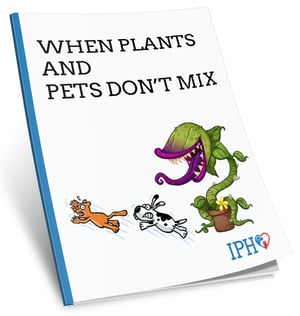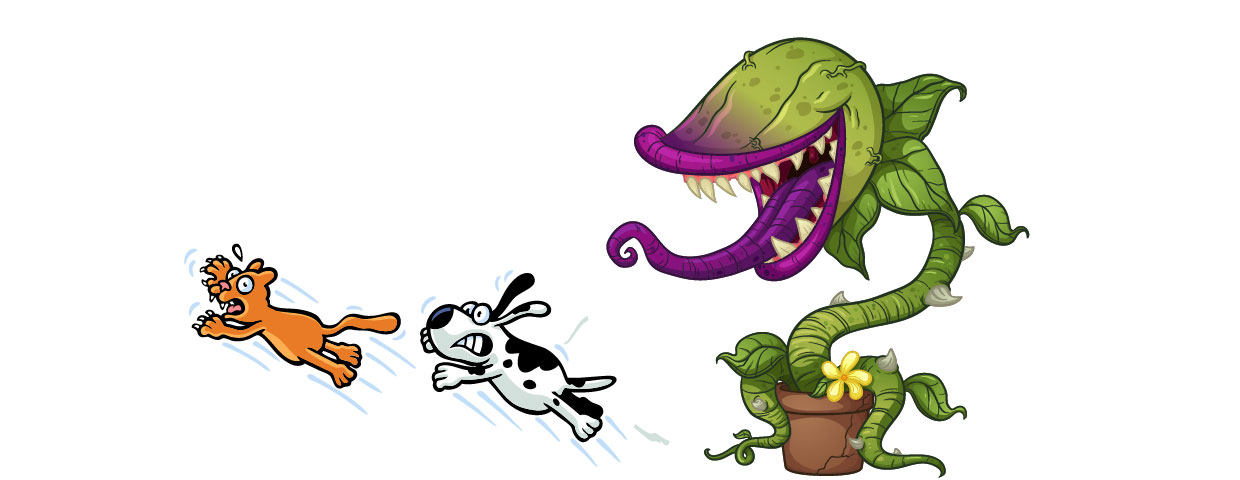
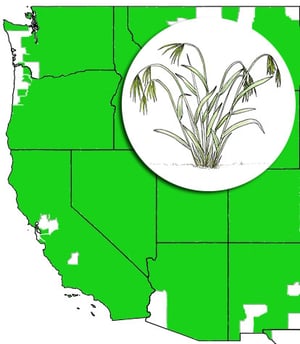 CHEATGRASS
CHEATGRASSCheatgrass is a prolific spreader, using barb-like seeds to grow just about anywhere. It reseeds every fall, so by the time spring and summer hit, cheatgrass has grown and started to dry out.
The barbed seeds get caught in pet fur and can work their way into ears, eyes, nose and even though your pet's mouth causing possible life-threatening infections.
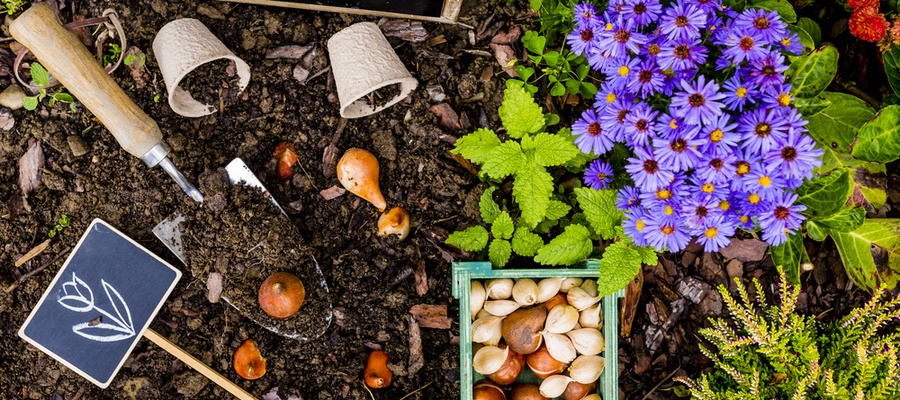
Many homes and public gardens often boast beautiful bulb plants such as tulips, lilies, and daffodils. It’s not a widely known fact that bulbs are poisonous to pets, although lilies do contain insoluble oxalate crystals. Both dogs and cats will dig up the bulbs and either chew or ingest the bulbs.
Fertilizers contain nitrogen, potash and phosphorous. In small quantities, they are generally harmless and don’t lead to poisoning. However, if consumed directly out of the bag, the concentrated amount could cause a lot of problems.
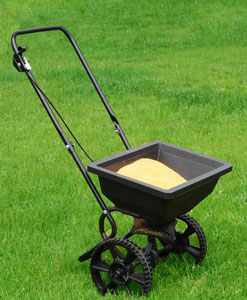 Organic fertilizers are often made of bones or feather meal, the smell of which may intrigue your dog to eat it.
Organic fertilizers are often made of bones or feather meal, the smell of which may intrigue your dog to eat it.
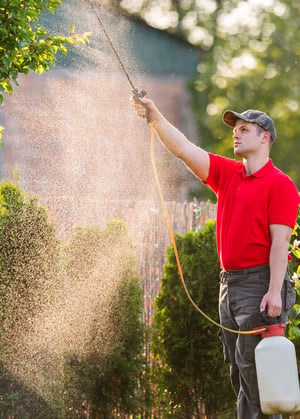 Non-Pet safe insecticides often contain the following ingredients that are considered very dangerous for your pet.
Non-Pet safe insecticides often contain the following ingredients that are considered very dangerous for your pet.
 BLEEDING HEART
BLEEDING HEARTBleeding heart plants (Dicentra Formosa) is high in alkaloids and isoquinoline—a convulsant. The roots and foliage of the bleeding heart plant are problematic for dogs, and humans as well—although Fido is more likely to try to make a meal out of a bouquet.
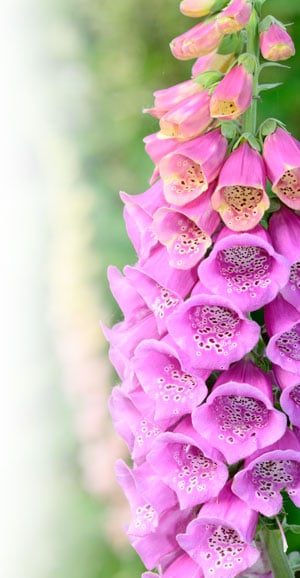 FOXGLOVE
FOXGLOVEFoxgloves, on the other hand, contain toxins that can affect your dog’s heart. These toxins include cardiac glycosides. Interestingly, these toxins are used to create digoxin-a cardiac medication, which can be used by vets to strengthen and regulate a failing heart. For a heart-healthy pet, however, cardiac glycosides can cause severe heart issues.
 Rose bushes are not toxic to pets, but thorns are the problem. Pets can easily get caught by a thorn if they’re running through your garden, and the resulting cuts can be deep enough to cause lasting damage. Watch out for cuts that could become infected and tie up climbing or large roses to keep them out of walkways. When you trim your roses, immediately discard of dead branches since the dried rose thorns are even more dangerous than live ones.
Rose bushes are not toxic to pets, but thorns are the problem. Pets can easily get caught by a thorn if they’re running through your garden, and the resulting cuts can be deep enough to cause lasting damage. Watch out for cuts that could become infected and tie up climbing or large roses to keep them out of walkways. When you trim your roses, immediately discard of dead branches since the dried rose thorns are even more dangerous than live ones.
Contact your vet right away. Non-painful eye injuries should be seen within 24 hours, while painful injuries should be seen within hours if possible.
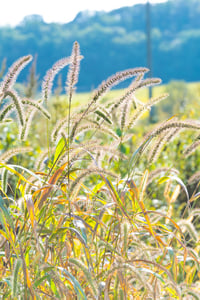 FOXTAIL
FOXTAILFoxtail, after drying out, the barbs attach like glue to animals and humans as they pass through the low-lying brush. If these barbs work their way into the skin or they are ingested, the seeds don’t break down in a dog’s or cat’s digestive tract or Body. Because of this, they can cause significant issues, infections, or even death.
An embedded foxtail grass seed will cause:
Once a foxtail has embedded itself into your dog’s skin, it will take a professional to remove it, including anesthetic and a surgical procedure by your veterinarian
Most stone seeds contain cyanide, which is poisonous to both pets and humans. Pits can also cause obstructions inside your pets digestive tract. The pits can be sharp, which means they could damage the esophagus, stomach or intestines.
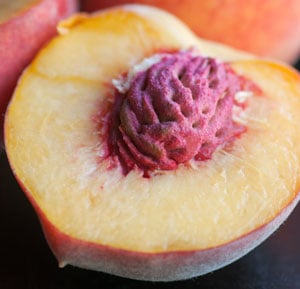 What are the Symptoms
What are the Symptoms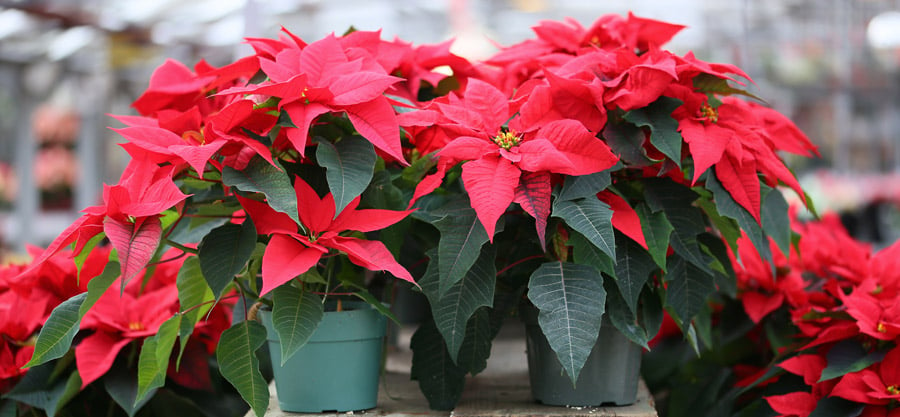
Heartleaf Philodendron is a common houseplant that is easy to care for.
Poinsettias are a very popular Christmas plant which contains chemicals and saponins that may cause various levels of toxicity if injected in large amounts.
| HEARTLEAF | POINSETTIAS |
| Pawing face | Drooling |
| Respiratory distress | Repeatedly licking the lips |
| Digestive problems | Irritation to the skin, face, lips, or nose |
| Shallow gasps | Red, itchy eyes |
| Diarrhea | |
| Vomiting |
HEARTLEAF:
POINSETTIAS:
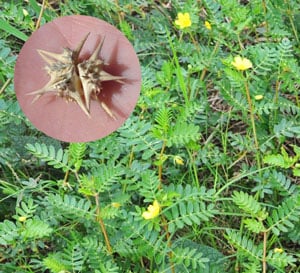 GOAT HEADS (aka PUNCTURE VINE)
GOAT HEADS (aka PUNCTURE VINE)Puncture vine is not poisonous to animals, and when they first sprout, look harmless. The problem arises when the vines mature and drop their Seeds. The seeds then dry out, become hard and when stepped on, will puncture the skin.
Often times a pet will try to get the burr/thorn out by biting at the skin. This will generally drive the burr/thorn deeper down.
Download this eBook to stay informed on how to keep your pets safe during the warmer months.
